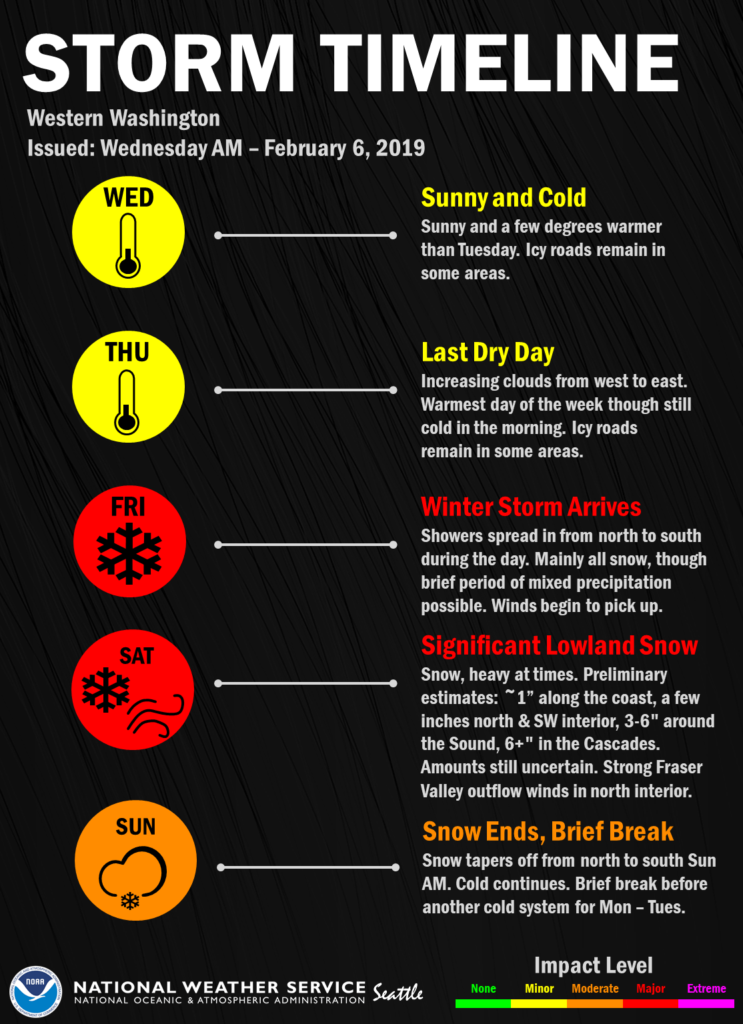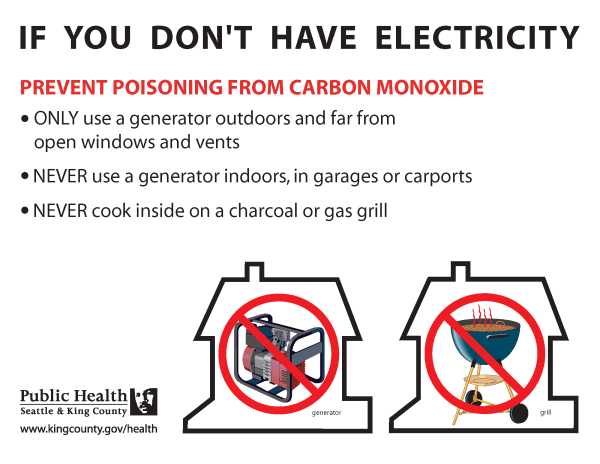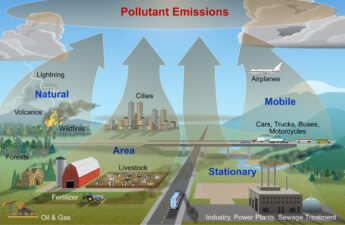Another winter blast coming: Plan for medical needs
From Public Health – Seattle & King County
Just as we’re beginning to thaw out from the snow from Sunday and Monday, we’ve got a forecast for more snow into the weekend and perhaps into next week. While we can still get around on the roads, this is a good time to plan if you have medical needs.

Snow, road closures, and your health
When snow closes roads, it’s hard for people to get to their medical appointments or get crucial medical supplies. That’s why it’s important to plan ahead when you hear a forecast for possible snow or severe winter weather.
Things to consider if you depend on:
- Oxygen tanks, medication prescriptions, or other medical supplies: Plan with your doctor, pharmacist, or medical service provider about what to do if they can’t be delivered or if you can’t get to the pharmacy. Ask your doctor and/or pharmacist if you can have a 3-day emergency supply.
- Medical equipment powered by electricity (beds, breathing equipment or infusion pumps ): Check with your medical supply company and get information regarding a back-up power source such as a battery or generator.
- Intravenous and feeding tube equipment: Know if your infusion pump has battery back-up, and how long it would last in an emergency. Ask your home care provider about manual infusion techniques in case of a power outage.
- Dialysis:
- Make back-up arrangements for transportation, such as asking a friend with an all-wheel drive vehicle to help you get to your dialysis appointment.
- Get information about other dialysis facilities in your area. Find out if they provide the type of treatment you need.
- Contact the facility to be sure they can treat you if an emergency occurs and you cannot use your regular facility.
- Know what diet to follow if your dialysis must be delayed.
Bundle up
If you aren’t well protected from the cold, you could be at risk for hypothermia, a potentially dangerous drop in body temperature. The very young and the elderly are especially at risk, so make sure everyone bundles up:
- Wear warm, multi-layered clothing with good hand and feet protection.
- Wear warm hats. This is particularly important since significant heat is lost through an unprotected head.
- If possible, change into dry clothes whenever clothing becomes wet.
If your electricity goes out…
When icy conditions pair up with wind, power outages can happen, just when you need your heat the most. If this happens, find places where you can go to get warm, such as the home of friends and family whose homes have power, a coffee shop or a library. Cities may open centers where people can go during the day to stay warm. Check the King County Emergency News blog for updates.
NEVER bring a generator, portable propane heater, charcoal or gas grill indoors for heat or cooking.
They release carbon monoxide, a poisonous gas that can be deadly.
Only use a generator outdoors and far from open windows and vents.

If you cannot get to a warm place and must stay at a cold location:
- Wear several layers of light weight, warm clothing rather than one layer of heavy clothing. Wear hats, mittens, and blankets indoors.
- Close curtains and cover windows and doors with blankets. Everyone should try to stay together in one room, with the door closed, to keep in body heat.
Keep up on the weather
Of course, local news teams will be out in full force if there’s snow, their Doppler radars shivering with excitement. You can also get detailed weather information from the National Weather Service, and local information about weather impacts from the King County Emergency News blog and Alert Seattle.
Please check on neighbors and loved ones if you think they might lose power or have trouble getting around, especially if they are elderly or have medical needs. Stay safe and warm!
Originally posted on February 6, 2019.


